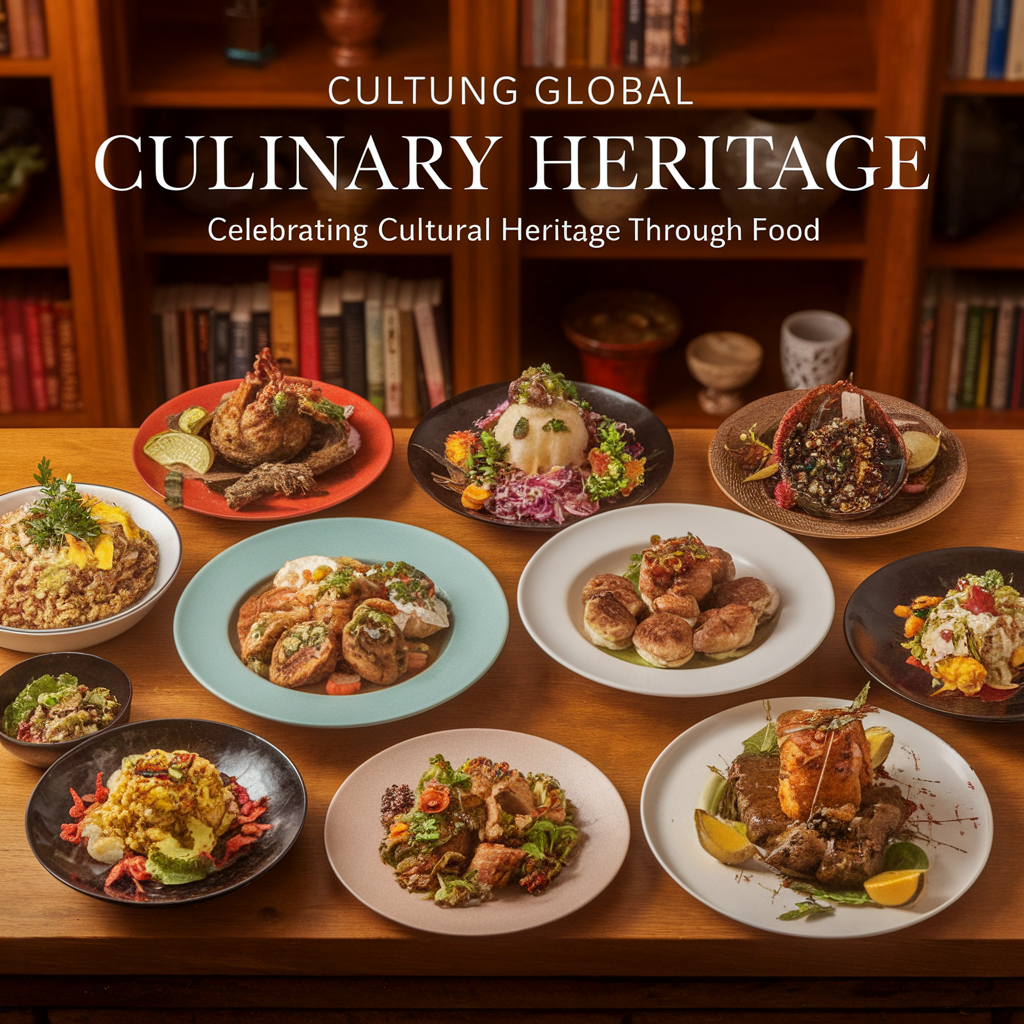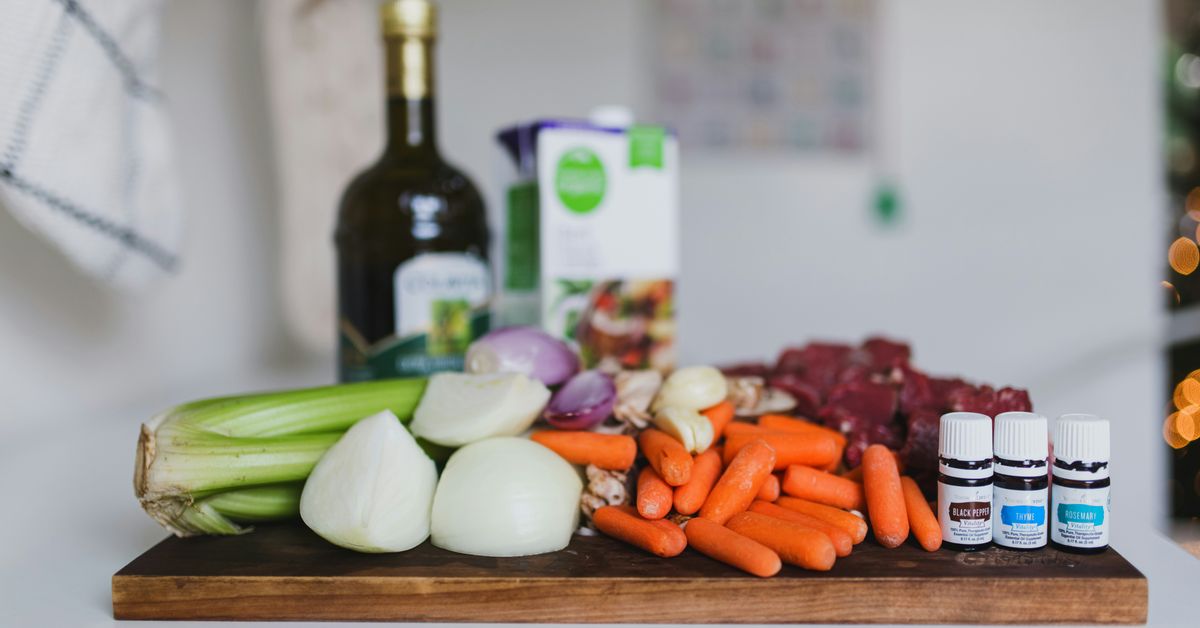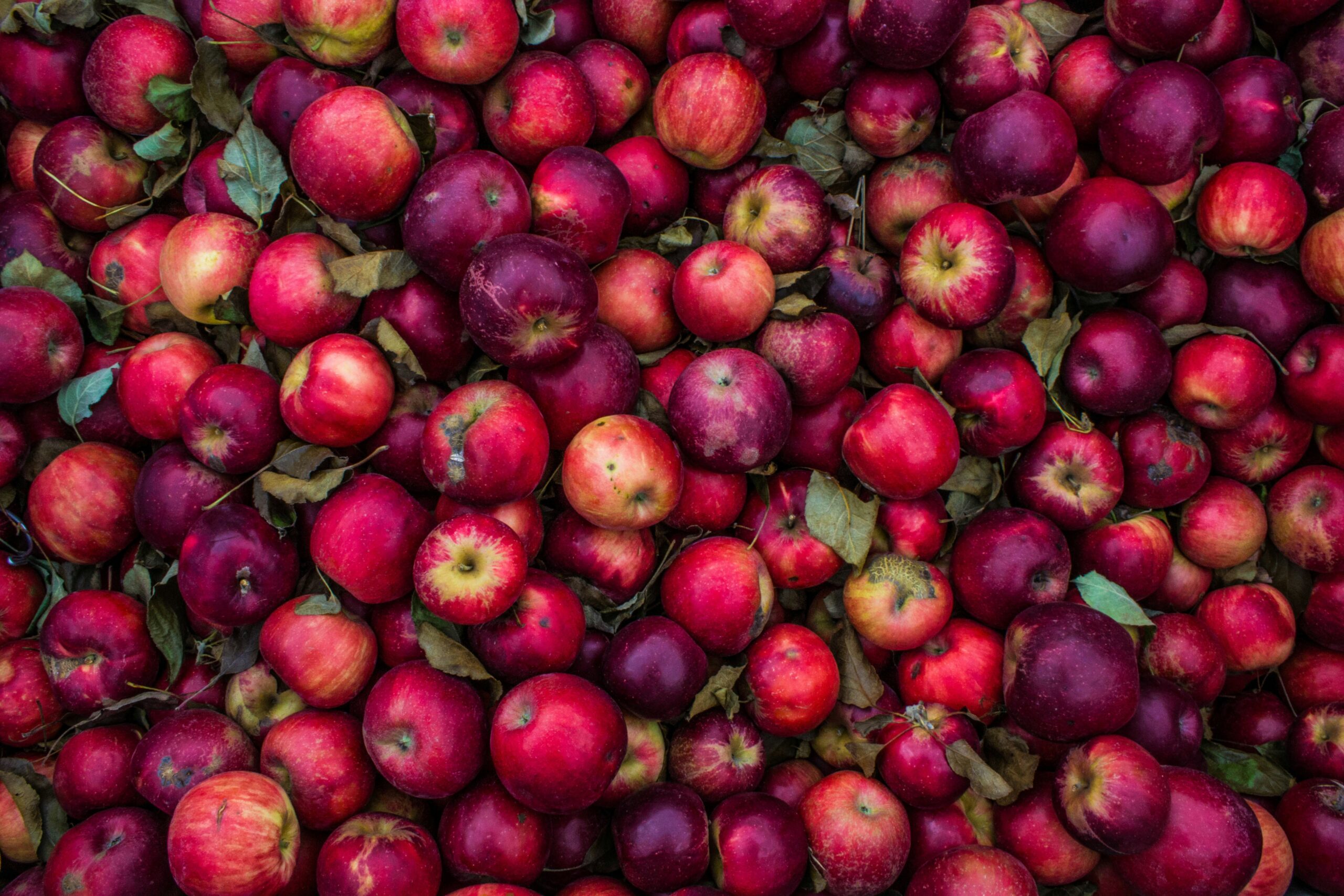Savoring Tradition with Twists on Timeless Family Recipes
Food has a unique way of tethering us to our past. It evokes memories, conjures up feelings of nostalgia, and allows us to revisit the comforting embrace of family gatherings around the dinner table. But as much as we cherish those traditional recipes passed down through generations, there’s always room for a little innovation—after all, isn’t that what makes cooking so exciting? In this article, we will explore how to honor family recipes while shaking things up with modern twists that can rejuvenate your culinary repertoire.
The Heart of Family Recipes
Family recipes are often more than just a list of ingredients. They are the stories behind the food, the memories attached to every bite, and the love that goes into each dish. For me, it brings back a flood of memories when I think about my grandmother’s famous lasagna. The smell of simmering tomato sauce, the sound of her laughter ringing through the kitchen, and the way she would always insist I try a pinch of this or that, always felt like rituals. Those experiences are deeply ingrained in my heart, and I suspect many of you can relate.
But as time marches on, so do our tastes, dietary preferences, and cooking techniques. With this in mind, how do we maintain that connection to our family recipes while also making them relevant to today’s food landscape? Let’s dive into some practical suggestions, shall we?
Redefining Tradition: Ingredients Matter
One of the first places to start when reimagining a family recipe is with the ingredients. Perhaps your grandmother’s chicken soup was made with a whole, organic chicken, but you’re now a fan of ethically sourced, free-range options. Or maybe, that beloved chocolate cake can easily switch from all-purpose flour to almond flour for a gluten-free twist. The essence of the dish remains intact, but the ingredients can elevate it to new heights.
Embracing Dietary Preferences
In today’s world, dietary restrictions and preferences are more common than ever. Whether it’s veganism, gluten intolerance, or a desire for low-carb options, many families are navigating these new challenges. This brings us to a fascinating intersection of tradition and modern needs. For instance, a traditional shepherd’s pie can be transformed into a hearty veggie version using lentils and a sweet potato topping. As someone who has dabbled in various diets (I’ve tried it all—keto, paleo, you name it), I can say that it’s refreshing to see how versatile our beloved recipes can be!
Technique: The Art of Modern Cooking
In addition to swapping ingredients, technique plays a crucial role in how we prepare our food. Traditional methods can sometimes feel labor-intensive, especially in our fast-paced lives. So, why not incorporate modern cooking techniques? A slow cooker or an Instant Pot can save time without sacrificing flavor. I remember the first time I made my mom’s beef stew in a pressure cooker—it was like magic! All the flavors melded together in a fraction of the time, and the result was just as comforting. This is a prime example of how technology can enhance our culinary traditions.
Flavor Profiles: Experimenting with Spices
Let’s not forget about the joy of experimenting with flavors. While your great-aunt’s chili recipe might call for the classic cumin and chili powder, why not play around with some smoked paprika or even a hint of cinnamon? These small tweaks can breathe new life into a dish that may have become a bit too familiar over the years. As someone who often finds themselves in the spice aisle (seriously, it’s like a treasure trove!), I can assure you that a dash of creativity can lead to remarkable results.
A Blend of Cultures
With globalization, flavors from around the world are more accessible than ever. Why not fuse your family’s traditional recipes with international influences? Picture a classic Italian pesto, but with a twist—substitute basil with kale and add a sprinkle of sesame seeds for an Asian flair. The beauty of food lies in its versatility, and many of us are constantly searching for ways to expand our culinary horizons. I recently attended a potluck where a friend brought a Moroccan-inspired couscous salad that had my taste buds dancing. Who knew traditions could mingle so beautifully?
Cooking as a Family Activity
One of the most meaningful aspects of cooking is how it brings people together. Involving family members in the cooking process can also create new traditions. Imagine getting your kids to help roll out dough for a family pizza night, where each person is encouraged to add their favorite toppings. It’s not just about the food; it’s about the laughter, the chatter, and the memories made in the kitchen. I find that some of my best conversations happen while cooking, almost as if the act itself fosters openness and connection.
Capturing the Moment: Sharing Recipes
As you experiment with your family recipes, consider documenting the process. Take photos, jot down notes, and share your modified recipes with family and friends. Perhaps you’ll inspire a new generation to take the torch and carry on the culinary legacy. I’ve started a little cookbook project where I’m collecting both original family recipes and my twists on them. It’s a work in progress, but the idea of passing this on is incredibly fulfilling.
Staying True to the Roots
While it’s important to innovate, there’s also something to be said for preserving the authenticity of a dish. There are certain family recipes that are sacred, untouched by modern influences. It’s essential to strike a balance. Perhaps you choose to keep the core structure while adding a modern flair. This way, you respect the traditions while also making them accessible to a new audience—whether that’s your children, friends, or a wider community.
Health Consciousness in Family Recipes
Health consciousness is another significant aspect of our modern culinary landscape. Many traditional recipes can be revamped to be healthier without sacrificing taste. For example, consider a beloved creamy pasta dish. By using cauliflower puree instead of heavy cream, you can maintain that luscious texture while cutting down on calories. It’s all about finding those clever swaps that keep the essence of the dish alive while appealing to today’s health trends.
Celebrating Family Heritage
Let’s not forget about the importance of celebrating our cultural heritage. Food is intricately linked with identity, and many family recipes are steeped in cultural significance. Create a themed dinner night celebrating your family’s roots—perhaps an Italian Sunday dinner featuring your grandmother’s marinara sauce alongside a modern take on arancini. It’s not only delicious but also a beautiful way to honor where you come from.
Seasonal and Local Ingredients
Incorporating seasonal and local ingredients can also add a refreshing twist to traditional recipes. Instead of relying on imported produce, why not visit your local farmer’s market? This not only supports local growers but also allows you to experiment with fresh ingredients that might inspire new dishes. I remember one summer I discovered heirloom tomatoes, which transformed my grandmother’s classic Caprese salad into something extraordinary. It’s amazing how seasonal changes can influence our cooking.
Final Thoughts: Embrace the Journey
At the end of the day, food is about more than just sustenance. It’s a way to connect with our past, celebrate our present, and innovate for the future. As we navigate the complexities of modern cooking, let’s take the time to savor the traditions that have shaped our culinary identities while allowing ourselves the freedom to explore. It’s not just about the food on our plates; it’s about the stories we tell and the memories we create along the way.
Wrapping It Up
So, whether you’re a seasoned cook or a newcomer to the kitchen, remember that every recipe has the potential for reinvention. Gather your loved ones, embrace those family traditions, and don’t be afraid to add your personal touch. Who knows? You might just create the next family classic that will be cherished for generations to come.
And if all else fails, just remember: a sprinkle of love and a dash of humor can make any dish taste better!




